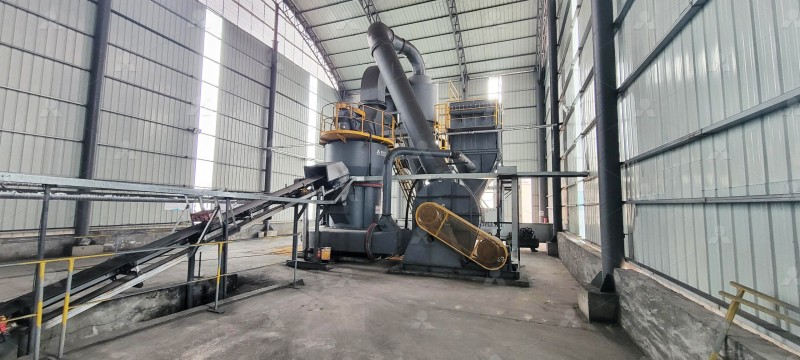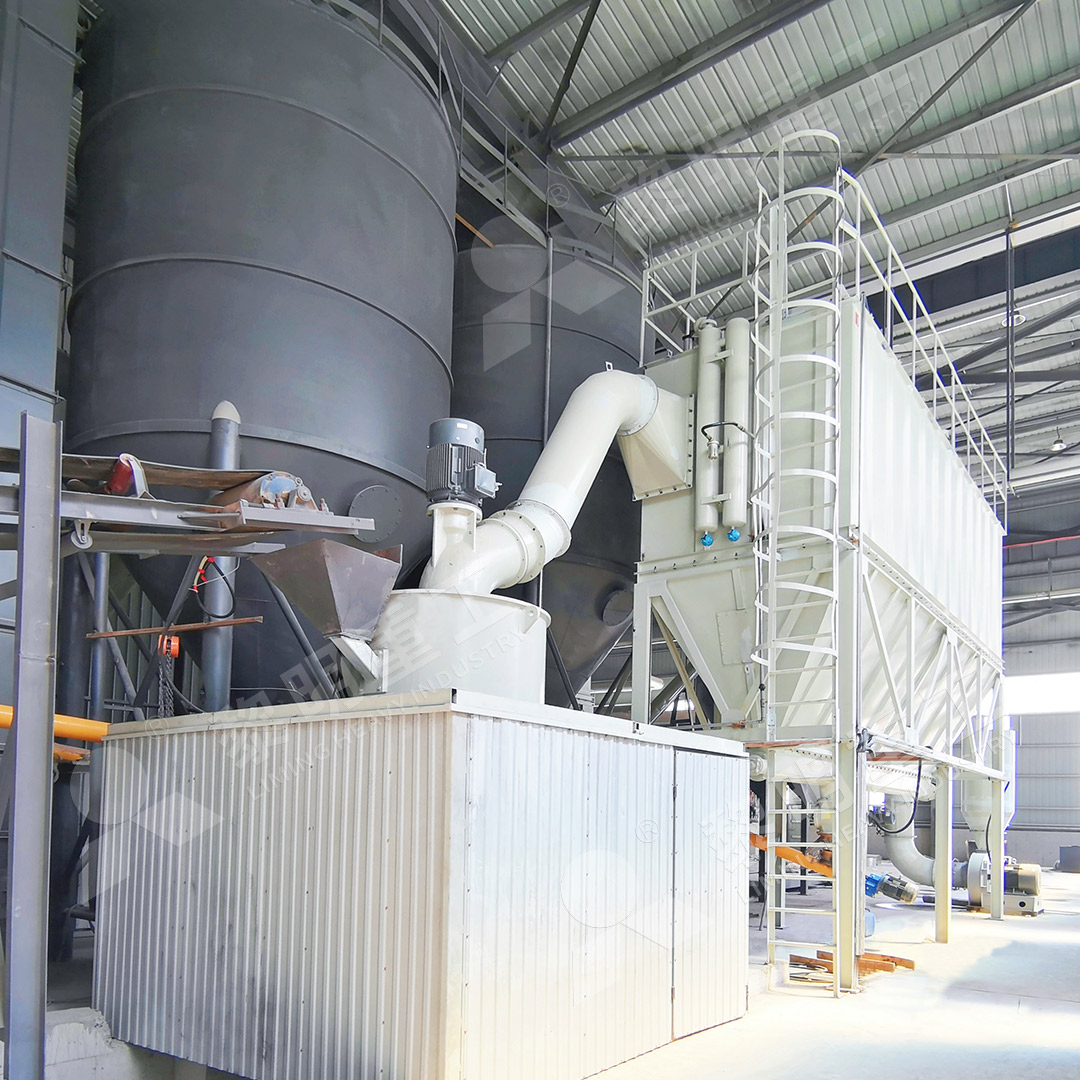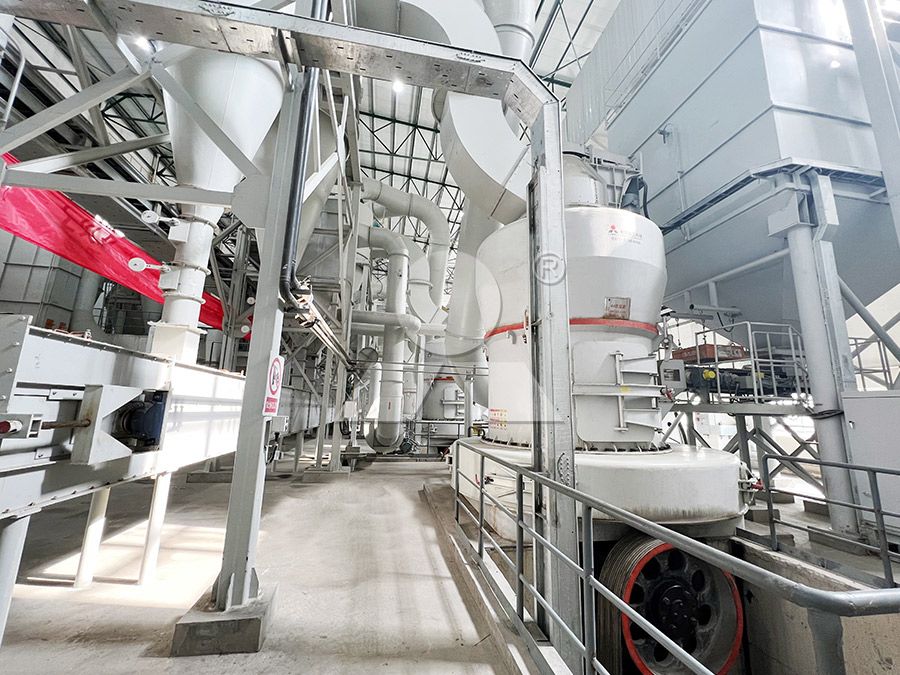Diabase Rock Grinding Mill Production Line Price
Understanding Diabase Grinding Requirements
Diabase, also known as dolerite, presents unique challenges in mineral processing due to its hard, dense composition and abrasive nature. When evaluating production line costs for diabase grinding operations, professionals must consider not only the initial equipment investment but also long-term operational expenses, maintenance requirements, and final product specifications. The market offers various grinding solutions, but selecting the appropriate technology requires careful analysis of your specific production goals.

Key Factors Influencing Diabase Grinding Costs
Several critical elements determine the overall investment in a diabase grinding production line. Feed size specifications directly impact preliminary crushing requirements, while desired production capacity dictates equipment sizing. The target fineness of the final product influences the selection of grinding technology and classification systems. Additionally, energy consumption represents a significant portion of operational costs, making efficiency a crucial consideration. Maintenance frequency, wear part replacement costs, and environmental compliance measures also contribute substantially to the total cost of ownership.
Advanced Grinding Solutions for Hard Materials
For operations processing challenging materials like diabase, conventional grinding mills often prove inadequate in terms of both efficiency and operational costs. The extreme hardness and abrasiveness of diabase demand robust equipment designed specifically for such applications. Our MW Ultrafine Grinding Mill represents a technological breakthrough in this sector, engineered to handle materials with input sizes up to 20mm and production capacities ranging from 0.5 to 25 tons per hour.

What sets the MW series apart is its innovative approach to energy efficiency and particle size control. The newly designed grinding curves of the grinding roller and ring enhance grinding efficiency significantly, achieving production capacity 40% higher than jet mills and stirred mills under identical fineness and power conditions. The system energy consumption is remarkably only 30% of comparable jet grinding mills, while delivering twice the output of traditional ball mills.
Technical Superiority in Diabase Applications
The MW Ultrafine Grinding Mill incorporates several proprietary technologies that make it particularly suitable for diabase processing. The cage-type powder selector, utilizing German technology, ensures precise powder separation with adjustable fineness between 325-2500 meshes. This flexibility allows operators to produce various product specifications from the same equipment. The mill’s unique construction eliminates rolling bearings and screws within the grinding chamber, addressing common failure points in conventional designs and significantly reducing maintenance-related downtime.
Environmental considerations are integral to modern mineral processing operations. The MW series addresses these concerns through its efficient pulse dust collector system, which ensures no dust pollution during operation. Combined with integrated silencers and noise elimination features, the mill operates fully compliant with national environmental protection standards, eliminating the need for additional pollution control investments.
Production Line Configuration Considerations
A complete diabase grinding production line extends beyond the core grinding mill. Proper configuration includes preliminary crushing stages, material handling systems, drying equipment when necessary, and product collection infrastructure. The MW Ultrafine Grinding Mill integrates seamlessly into such systems, with its external lubrication system enabling continuous 24-hour operation without shutdowns for maintenance. This reliability is crucial for operations where production continuity directly impacts profitability.

Investment Analysis and Return Calculation
When evaluating the price of a diabase grinding production line, professionals should consider the comprehensive value proposition rather than merely comparing initial equipment costs. The higher efficiency and lower energy consumption of advanced mills like the MW series typically result in faster return on investment despite potentially higher upfront costs. Reduced maintenance requirements and longer component life further enhance the economic advantage over the equipment’s operational lifespan.
Frequently Asked Questions
What is the typical price range for a complete diabase grinding production line?
Production line costs vary significantly based on capacity requirements and final product specifications. For medium-scale operations processing 5-15 tph, investments typically range between $200,000 and $500,000, with the MW Ultrafine Grinding Mill representing the core investment. Specific quotations require detailed project parameters.
How does the MW Ultrafine Grinding Mill compare to traditional ball mills for diabase processing?
The MW series demonstrates superior performance in multiple aspects. It delivers approximately twice the production capacity of equivalent ball mills while reducing energy consumption by 30-40%. Additionally, it offers more precise particle size control and lower maintenance requirements due to its innovative mechanical design.
What maintenance considerations are specific to diabase grinding operations?
Diabase’s abrasive nature necessitates robust wear protection. The MW Ultrafine Grinding Mill addresses this through several design features, including the absence of internal rolling bearings and screws that are vulnerable to abrasive wear. The external lubrication system allows maintenance without production stoppages, significantly reducing downtime costs.
Can the same production line handle materials other than diabase?
Yes, the MW Ultrafine Grinding Mill processes various hard materials including limestone, calcite, dolomite, barite, and talc. This versatility provides operational flexibility for facilities processing multiple mineral types.
What environmental compliance features are integrated into modern grinding mills?
Contemporary mills like the MW series incorporate comprehensive environmental protection systems. These include efficient pulse dust collectors that eliminate particulate emissions, noise reduction technologies that maintain operation within permissible sound levels, and fully enclosed systems that prevent material leakage throughout the grinding process.
